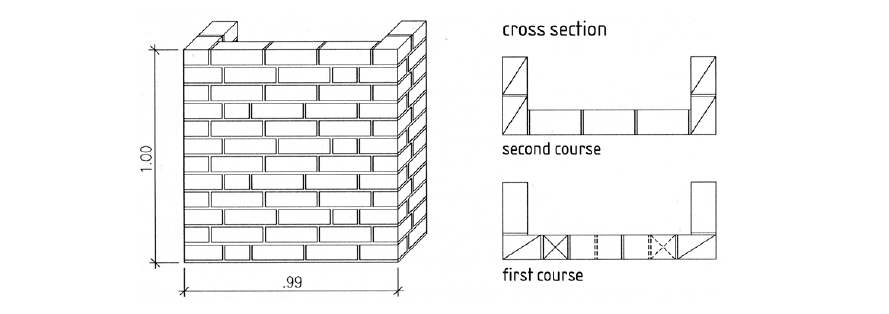1 Professor, Department of Architecture and Civil Engineering, University of Applied Sciences Luebeck, Germany
ABSTRACT
Masonry veneer walls are typically constructed in temperate regions with rainy winters and periodically high wind days. The following paper describes wall-tests to determine the resistance of masonry veneer walls to driving rain depending on the properties of brick and mortar. 13 wall samples have been constructed and are tested in a check-station with different rain loads. The rain is simulated with defined water spray. Main parameters are the water absorptive capacity of the brick, mortar finish and imperfections during construction. It was shown, that the mortar and the interface between brick and mortar is particularly relevant for the moisture penetration into the wall section in dependence of the applied rain load. Most important for the moisture transport into the bricks are the bed joints, while the outside brick surface is of less significant influence. Insufficient bond between brick and mortar might facilitate a moisture break-through. Special focuses have been made on the workmanship of the joints, of hydrophobing work (application of 7.0 m-%-siloxane solution) and the watertight construction of ground-level door openings.
KEYWORDS: masonry veneer walls, driving rain, design, construction, water penetration
299.pdf



